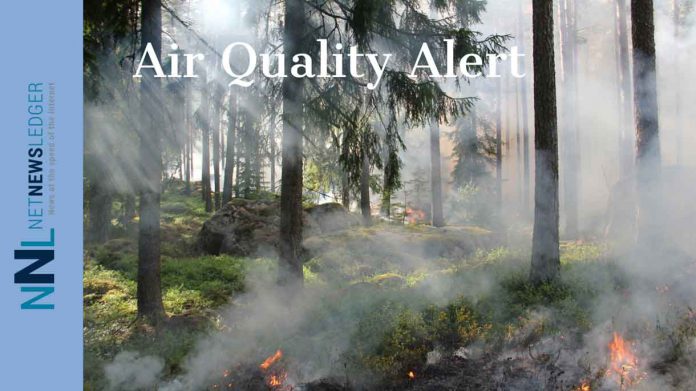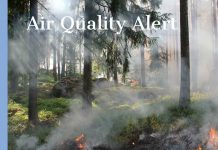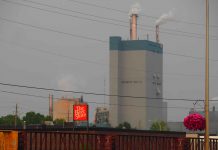Poor Air Quality and Reduced Visibility from Forest Fires
In the regions of northern Alberta, northern Saskatchewan, and the Northwest Territories, the prevailing issue is the significant impact of forest fires, causing poor air quality and reduced visibility. The smoke emanating from these wildfires poses health risks and challenges for residents and outdoor activities.
The higher pollution levels expected to persist until Wednesday morning can be harmful to everyone’s health, even at low concentrations. However, certain groups, including those with lung and heart diseases, older adults, children, pregnant individuals, and outdoor workers, are particularly vulnerable to the health effects caused by wildfire smoke. It is crucial for these individuals to take extra precautions during this period.
Health Risks and Vulnerable Populations
To safeguard against the adverse effects of wildfire smoke, individuals are encouraged to follow specific protective measures. Consulting with healthcare providers to develop a management plan for wildfire smoke events and maintaining an adequate supply of necessary medications at home is essential, especially for vulnerable populations.
Protective Measures and Action Plans
Taking proactive steps to improve indoor air quality is crucial during this period. For those with HVAC systems, using the highest-rated MERV filter and setting the fan to recirculate air constantly can help minimize the infiltration of smoke. Portable High Efficiency Particulate Air (HEPA) air cleaners can also be employed to further improve indoor air quality. Keeping doors and windows closed when the indoor temperature is comfortable can prevent smoke from entering the premises.
Indoor Air Quality Improvement
Finding locations within the community with clean, cool air and taking regular breaks from smoke exposure can offer temporary relief from the adverse conditions. If outdoor activities cannot be avoided, individuals can reduce their exposure to fine particles in smoke by wearing well-fitted respirator type masks, such as NIOSH certified N95 or equivalent respirators. It is important to listen to your body and discontinue activities if experiencing symptoms related to smoke inhalation.
Seeking Clean Air and Reducing Outdoor Exposure
During this period, it is essential to check on individuals who may be more susceptible to the effects of smoke, especially those who are unable to take protective measures on their own. Additionally, reducing sources of indoor air pollution, such as avoiding smoking or vaping indoors, burning incense and candles, frying foods, using wood stoves, and vacuuming, can contribute to improving indoor air quality.
Checking on Vulnerable Individuals and Reducing Indoor Pollution Sources
Recognizing the potential stress, anxiety, or depression that this situation can cause, individuals are encouraged to seek support from mental health care providers or access resources like Wellness Together Canada for assistance.
Mental Health Support and Resources
To stay updated on the current and forecasted Air Quality Health Index (AQHI) values, as well as access information on reducing health risks and personal contributions to pollution levels, visit airhealth.ca. Staying informed and taking necessary precautions are vital to protecting health and well-being during this period of increased smoke and poor air quality.
Stay Informed with AirHealth.ca





